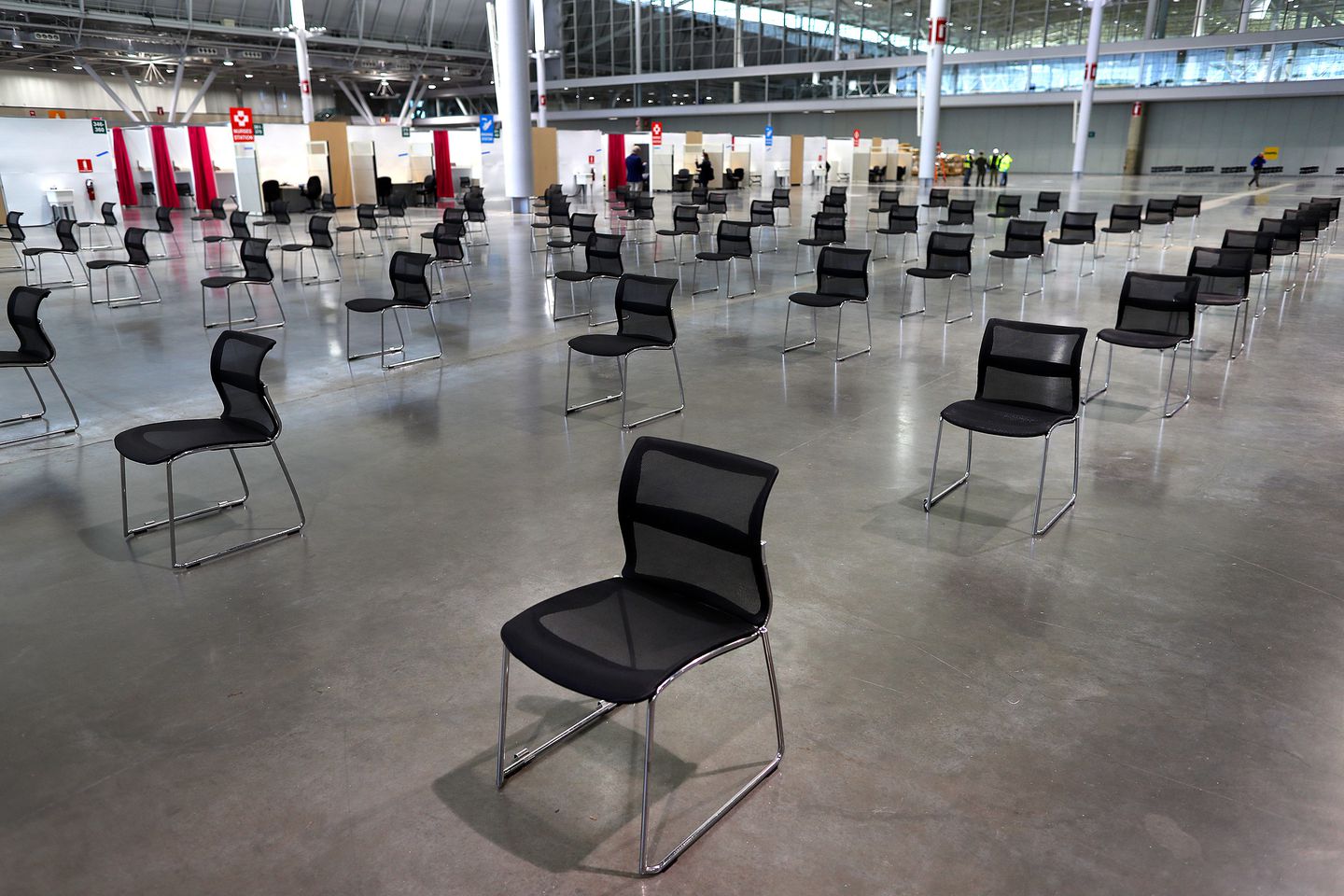Only July 8, the Eighth Judicial District in Nevada issued an order allowing a high-profile…
Asking a Better Question
Minor changes in voir dire questions can reveal much about jury pools without tipping opposing counsel to which individual jurors are most favorable to one’s case. It’s important to know when, and how to ask.
Voir dire represents a strategic dilemma. On the one hand, an attorney needs to conduct extensive voir dire to identify those jurors predisposed against his or her case. On the other hand, extensive voir dire risks revealing those jurors predisposed in the attorney’s favor. Unfortunately, many attorneys simply avoid this problem by conducting only minimal voir dire. A more productive solution, however, is to design voir dire questions to “bury your keeps and expose your strikes.”
The use of this rule is best explained by an example from a wrongful termination case in which the goal of the defense counsel was to identify (expose) and strike prospective jurors most sympathetic to employees. In so doing, the defense did not want to inadvertently identify its keeps, those jurors most sympathetic to companies.
Prior research had identified a question to effectively distinguish between prospective jurors likely to favor employees and those likely to favor employers. The question was: “Do you think companies fire employees without good reason?”
As one might expect, those who said “yes” were more likely to favor employees. However, the question as stated was virtually useless for strategic purposes.
Strategic Choices
Based on a pretrial community survey, it was predicted that approximately 58 percent of the jury panel would say that companies do fire employees without good reason, and 42 percent would say “no.” Based on these survey responses, more than half of the jury panel would have been considered likely employee sympathizers, and thus likely candidates for a strike. With so many strike candidates, the defense is faced with a predicament: it does not have enough peremptories to strike all of these candidates, and yet does not know who among these candidates would be best to strike.
Because it would not have provided a manageable list of top priority strike candidates, the question would have had little strategic value. Fortunately, the question also would have been relatively harmless, because plaintiff’s counsel would have been faced with the same dilemma: too many strike candidates with no idea who best to strike.
A slightly altered, but improved, version of the question would be “Do you think most companies fire employees without good reason?” Those who answered “yes” to this question still favored employees, but would have required far greater conviction to answer this question affirmatively. Conversely, those who said “no” still favored employers, but needed far less conviction to answer in the negative than for the original question.
Because of the greater conviction needed to say “yes” to this revised question, only 17 percent of the prospective jurors said that most companies do fire employees without good reason. Now, rather than being overwhelmed with strike candidates, it was possible to focus attention on the jurors with the strongest convictions about the issue.
Asymmetrical questions produce response patterns containing significant statistical shifts. Such unbalanced patterns are quite effective at identifying individuals with pronounced biases.
Also, with 83 percent of the prospective jurors responding that most companies do not fire employees without good reason, opposing counsel was unable to identify his or her top strike candidates from this question. Thus, a simple revision of the original question not only exposed the defense’s top strike candidates, but also buried its keeps in a large, undifferentiated plurality of jurors.
Keeps And Strikes
This strategy can work for the other side, as well. For the plaintiff’s counsel, the question would have been rewritten to ask: “Do you think some companies fire employees without good reason?” Those who responded “yes” still would have favored employees, but clearly would have required less conviction than that needed to say “yes” to the original question. Conversely, those who said “no” would still have been company advocates, but the conviction needed to say “no” would have been far greater than that needed to say “no” to the original question.
A pretrial community survey predicted that 92 percent of the jurors would say that some companies fire employees without good reason, and only 8 percent would say that some companies do not fire employees without good reason. Thus, this question would have revealed the plaintiff’s top priority strike –– strong sympathizers of employers –– and buried the plaintiff’s keeps –– strong employee sympathizers –– in a large, undifferentiated plurality of jurors.
This example reveals how keeps are buried and strikes are exposed through the use of the asymmetrical question, one which is likely to elicit an unbalanced pattern of response. Such unbalanced patterns are quite effective at identifying individuals with pronounced biases, and can be achieved with a simple rewrite of an ordinary question.
An asymmetrical question is most effective in a pretrial juror questionnaire, because the potential juror’s response can be revealed privately without fear of reprisal from the rest of the pool. While this fear of reprisal from fellow prospective jurors may reduce the willingness of some to publicly voice their minority opinion in oral voir dire, this technique is still a very effective means of identifying in voir dire those prospective jurors with the strongest predispositions against one’s case, while at the same time protecting the identities of those likely to be one’s strongest supporters.
Thus, effective voir dire depends on an attorney’s ability to anticipate jurors’ responses and craft a question that makes strategic use of those responses. Such an approach can not only help attorneys take advantage of the opportunities presented by voir dire, but can also help them avoid the attendant risks.



